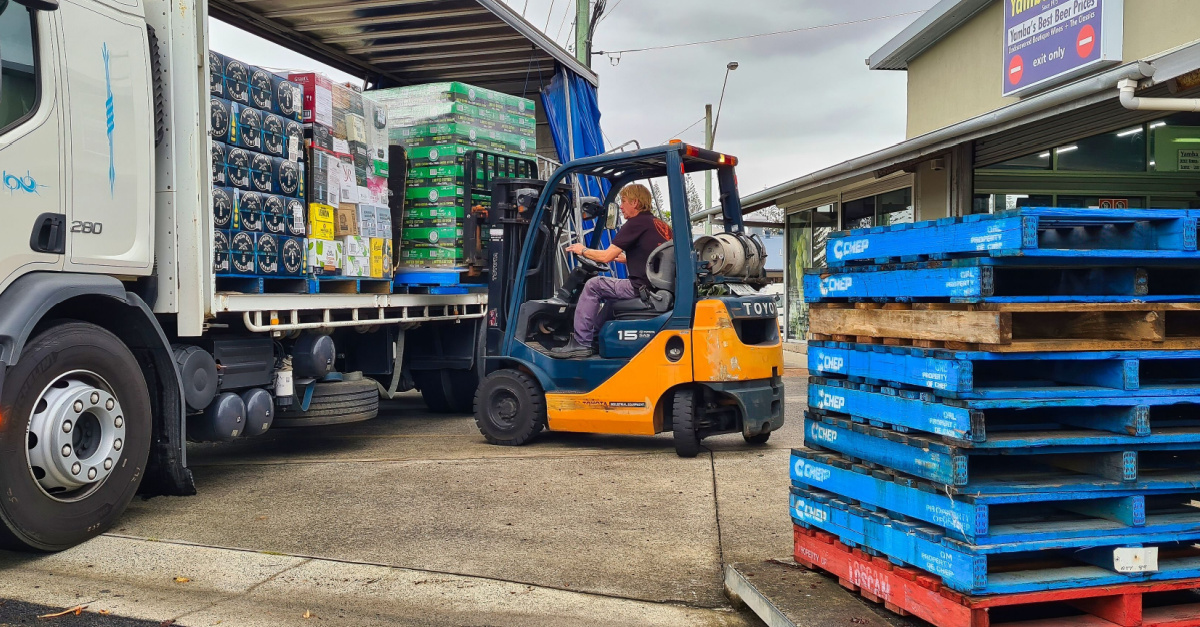
By 2026, the wine logistics market will grow to $4.57 billion, according to the global technology research and advisory company Technavio. Between 2022 and 2026, this market will accelerate at a 5.26% compounded annual growth rate, Technavio reports. 34% of the market’s growth will originate in North America.
This means that alcohol shippers are sitting on a potential golden opportunity. But that’s only if they are prepared for the increased logistics demands that accompany rising orders.
Liquor logistics is already challenging, from individual state regulations to heightened transportation requirements. This article explains what wine and spirits logistics delivery entails, what shippers tend to find most challenging, and how to overcome some common alcohol logistics hurdles.
Alcohol is a significant cultural staple in the United States. Whether it’s a holiday party, a champagne toast at an important event, the post-work happy hour, or even just a means to unwind at the end of a long day, millions of people enjoy beer, wine, or spirits each week. A Gallup poll found that, in 2021, Americans consumed an average of 3.6 drinks per week.
Of course, all those drinks must be transported and stored, often across state lines. There are a lot of factors to account for in spirits logistics delivery, ranging from state regulations to packing considerations.
On the transportation side, carriers must maintain an appropriate temperature and humidity range for hauling those products. Exposure to heat can ruin a product. Domestic draft beers, for example, may not be pasteurized. Exposure to heat can significantly shorten their shelf life. A temperature change could also alter the pressure in a bottle, causing it to leak. And changes in humidity inside a truck could dry out a bottle’s cork.
There are also packaging factors to consider. A shipment full of glass will, by nature, require more careful handling than other types of loads. Packing materials must protect bottles from hitting each other and mitigate against bumps on the road.
Finally, it’s critical to limit an alcohol shipment’s exposure to light. Too much time in the sun can chemically alter the product, so transferring products out of a truck as efficiently as possible is important.
Once inside the warehouse, alcohol products must be stored at the appropriate temperature, in addition to efficiency considerations. A wine transportation company should use historical data to determine which products are in the highest demand and store those close to picking and shipping. Technologies like the pick to voice-to-voice systems and autonomous mobile robots simultaneously increase worker efficiency while reducing fatigue and human error.
On top of logistical concerns, shippers must also be aware of alcohol shipping regulations. The United States doesn’t have one encompassing law about shipping alcohol between state lines. Instead, after Prohibition ended, each state gained the power to enact its own alcohol regulations. As a result, alcohol shipping laws look a little different in each of the fifty states. Before chartering an alcohol shipment, businesses must be aware of the laws in each state they plan to move a load through.
According to the National Conference of State Legislatures, six states (Florida, Hawaii, Kentucky, Nebraska, New Hampshire, Rhode Island, and West Virginia) allow direct shipments of all spirits.
Eight states (Delaware, Massachusetts, Montana, North Dakota, Ohio, Oregon, Vermont, and Virginia) authorize the direct shipment of beer and wine. Two states (Connecticut and New Jersey) allow direct shipments of wine, cider, and mead. New Mexico permits shipments of wine and cider. Oregon allows direct shipments of beer, wine, and cider, and Arkansas permits direct shipments of wine and mead.
All other states only permit direct wine shipments. In addition, there are other state-specific requirements. Arkansas, for example, requires that a consumer be present at the time of purchase unless a retailer ships from a small farm winery licensee. And that’s just one of several examples.
Alcohol transportation is unlike any other type of shipping. After all, how many shippers out there have to balance legal requirements, temperature control, and specific packaging needs all in one load? Fortunately, a quality liquor logistics service provider can help shippers get all the important details right.
We’ve covered temperature and humidity requirements. In addition, shippers need to ensure that alcohol products are correctly packaged. Due to the fragile nature of glass bottles, bottles should be packed in a durable packaging material that separates individual units from each other. Products should also be cushioned on the road with packing peanuts or bubble wrap. Sometimes, products might be too heavy to stack on top of one another.
Of the three major carriers in the United States (UPS, FedEx, and the U.S. Postal Service), only FedEx and UPS will transport alcohol. Thanks to Prohibition-era laws, the post office may only carry liquids containing less than 0.5% alcohol by volume.
Both FedEx and UPS have strict specifications on how shippers transport alcohol. Shippers must account for alcohol restrictions, including the correct shipping label, and require an adult signature for delivery.
Transportation is a huge piece of the alcohol transportation puzzle, but it’s not the only consideration. Warehousing, purchasing, and freight consolidation are critical parts of a supply chain infrastructure. Zengistics offers supply chain planning, carrier procurement and performance tracking, and on-demand analytics to help partners stay on top of all the moving parts.